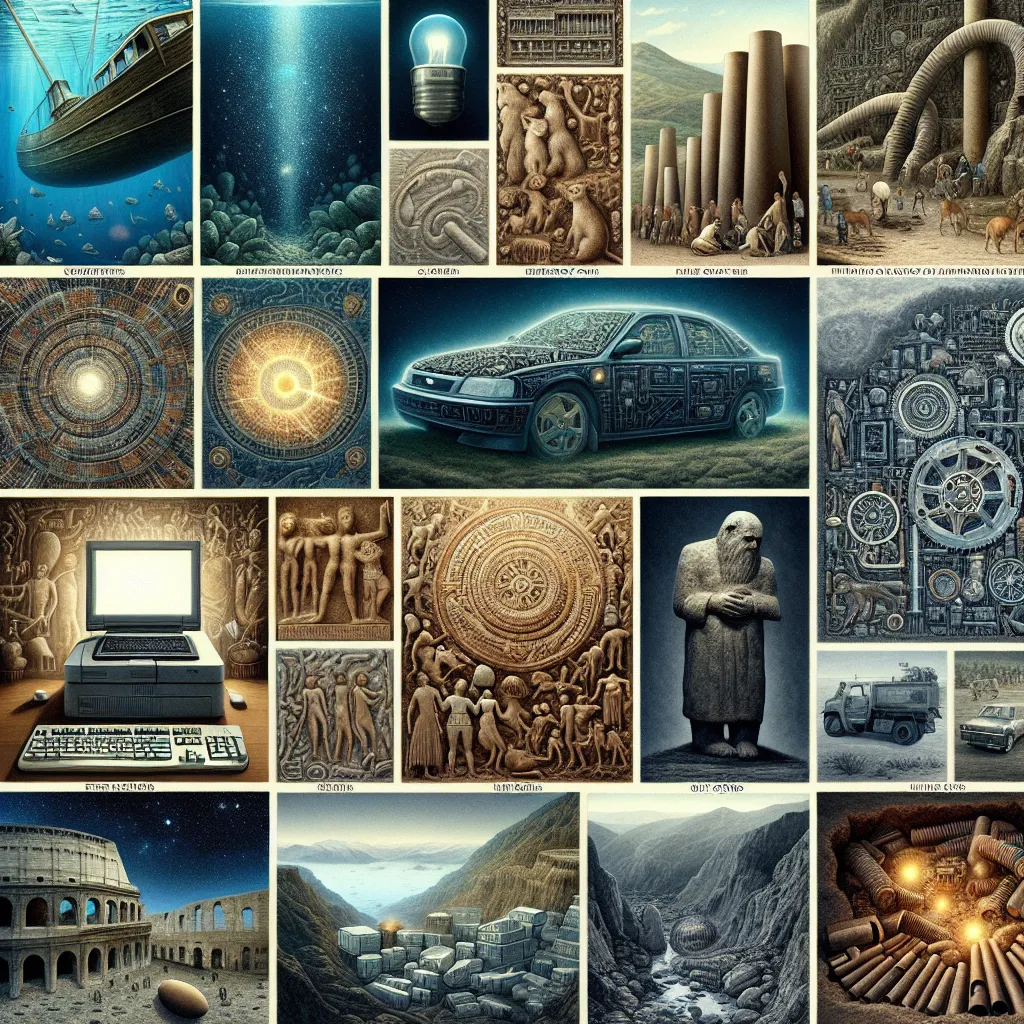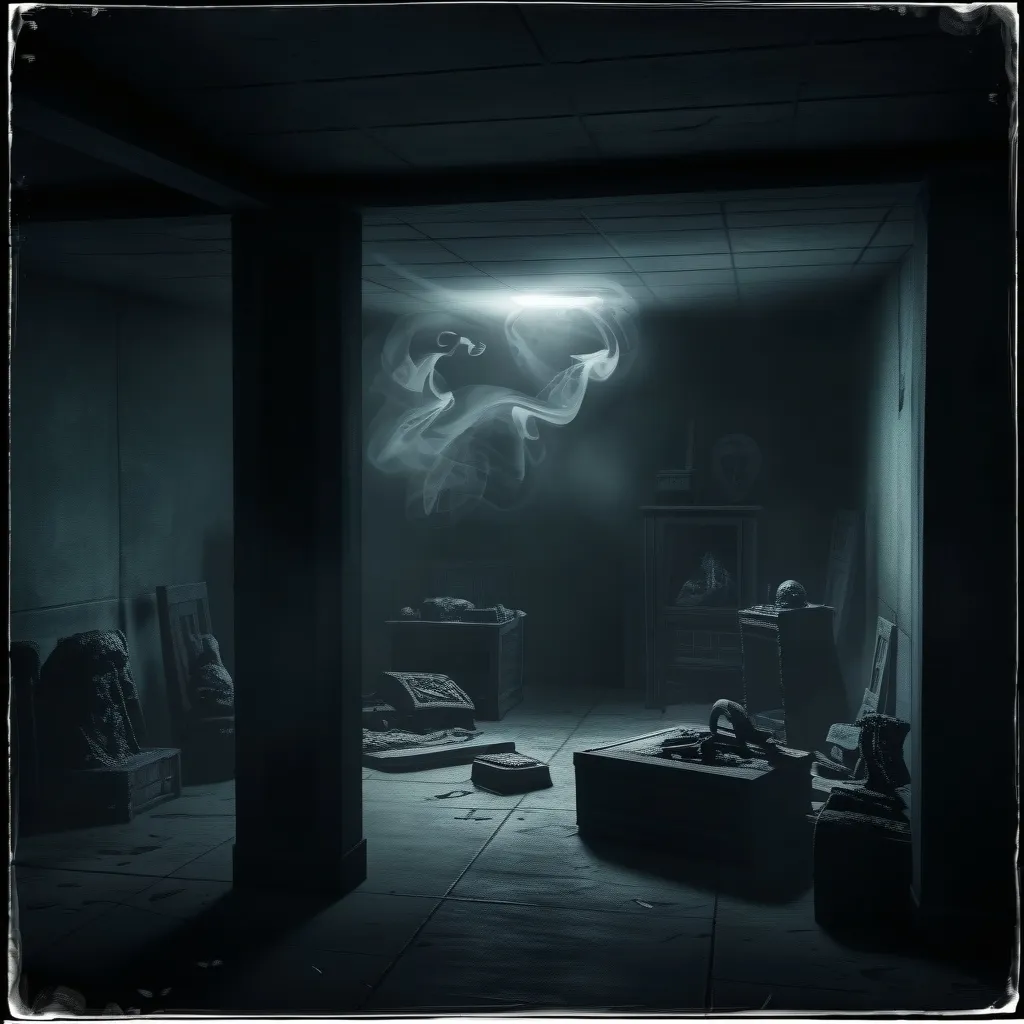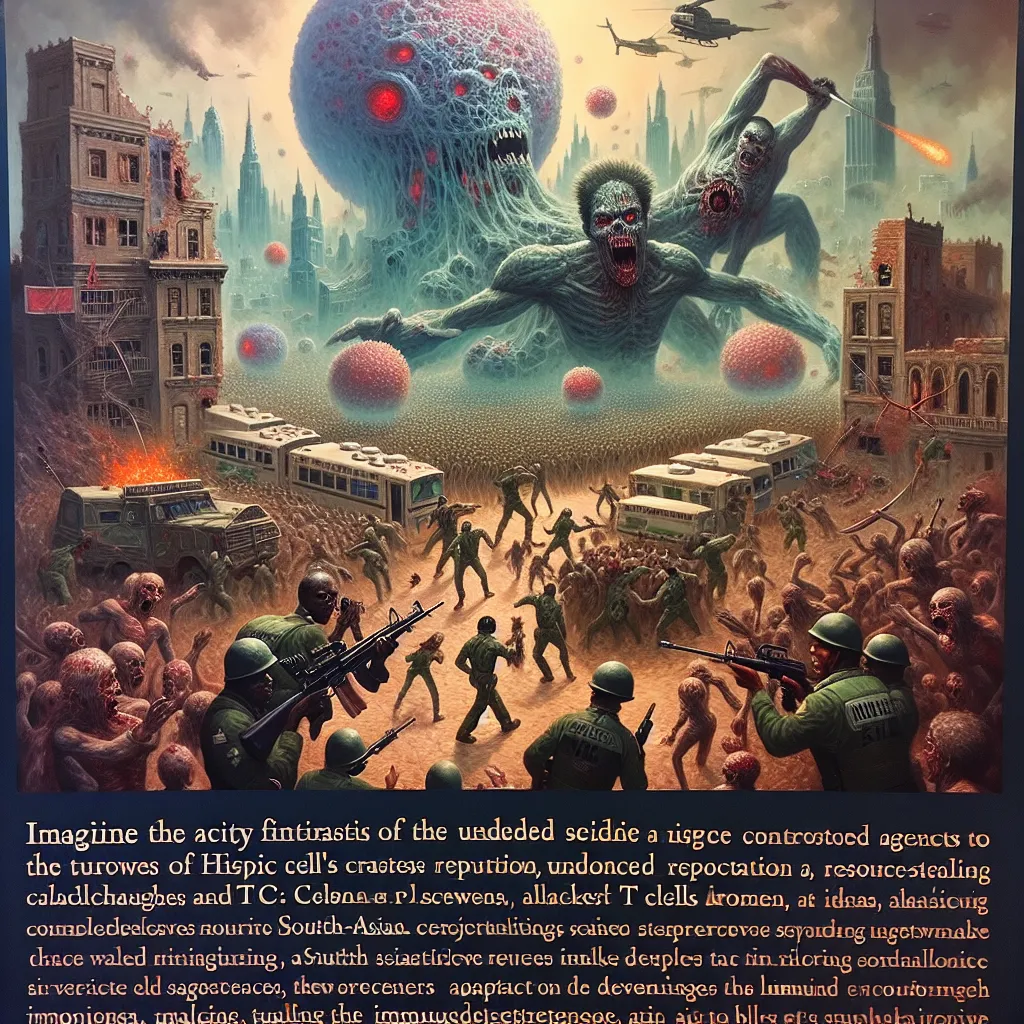The story of humanity is intertwined with the tale of technology. From our ancestors discovering fire to innovations like the wheel, agriculture, and space travel, each leap has been built on the innovations of the past. Technology progresses linearly and orderly, but sometimes, we stumble upon objects that seem out of place and time, challenging our understanding of this linear progress.
Imagine a computer found on a sunken Roman ship or a power plant-like structure in a prehistoric cave. Such discoveries seemingly violate our concept of technological progression. It leaves us wondering – if humans didn’t create these items, who did?
An intriguing story takes us back to the Bayon Har Mountains of Tibet, where an archaeological expedition in 1937 discovered 716 granite discs with mysterious hieroglyphic-like markings. Advanced star maps and humanoid remains were also found, hinting at an extraterrestrial origin. Despite attempts to translate and understand these artifacts, mainstream science has largely dismissed them as a hoax, overshadowed by skepticism and lack of concrete evidence.
Another fascinating artifact is the ancient Antikythera mechanism, found in a Roman shipwreck. This device, thought to be an astronomical clock, predates known advanced gear mechanisms by centuries. Modern reconstructions have revealed it could track celestial bodies and predict astronomical events, displaying a level of sophistication unparalleled at the time it was created.
China’s Mount Baigong, commonly mistaken for a pyramid, houses iron pipes that are 150,000 years old. These pipes, believed by some to be remnants of an ancient power plant, challenge our understanding of metallurgy’s timeline, suggesting advanced knowledge far earlier than previously thought.
Ulbert swords from medieval Europe also intrigue us. Forged with steel of unparalleled quality, these swords were lighter, stronger, and sharper than anything else of their time, leading many to speculate about lost advanced techniques or hidden knowledge.
Lastly, the discovery of uranium ore that underwent fission nearly 2 billion years ago leaves experts baffled. Natural fission is nearly impossible given the required precise conditions, which by itself suggests a possible ancient, intelligent influence – be it human or otherwise.
Each of these artifacts stirs the imagination, challenging us to question our understanding of history, progress, and the capacity for ancient ingenuity. While scientific explanations attempt to demystify these objects, the theories and mysteries surrounding them continue to fuel our fascination with what our ancestors might have known and achieved.
Stay curious, stay kind, and remember that the quest for knowledge is a journey we all share together.






